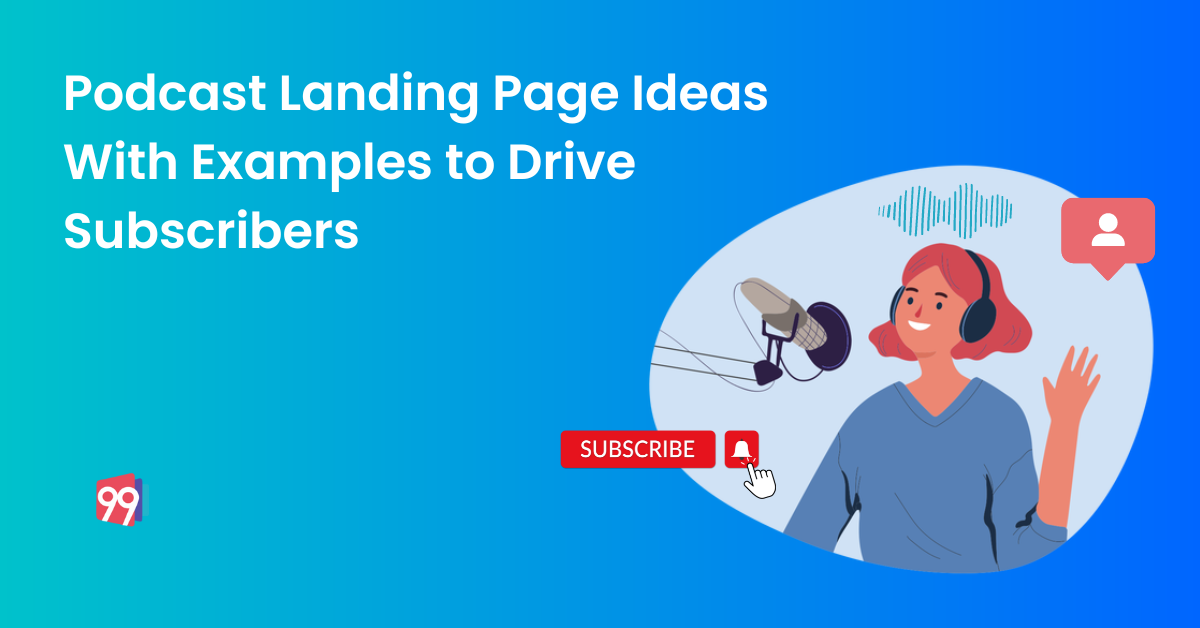Lead generation vs prospecting is a topic that confuses many businesses. Though both processes have the same end goal: getting customers, their execution strategy differs.
The two processes are powerful customer acquisition techniques that can make or break a company’s sales funnel. Choosing one of them can be a task, especially when you don’t fully understand the difference between both strategies.
In this article, we will highlight the definition, differences, and applications of lead generation and prospecting, making it easier for businesses to make the final decision.
Let’s start with the definitions.
What is Lead Generation?
Lead generation is the process of acquiring customers by using data-driven marketing strategies. A lead is someone who has shown an interest in purchasing a product or service. By understanding what the target audience is looking for, lead generation focuses on slowly building healthy consumer-company bonds by answering their queries. So, marketers create content that caters to the audiences’ needs and distributes it through various channels to reach the right potential customers.
Some of the lead generation techniques are:
– Landing Pages
A landing page is a unique web page designed to capture consumer attention. It is a standalone page that introduces a brand and its services to a lead precisely and efficiently through a clear message, an appealing design, and persuasive copy. Landing pages have opt-in forms that enable the lead to subscribe to a brand’s mailing list or receive notifications about new products or services. So, through it brands can stay in constant touch with their leads.
– Email Marketing
Email marketing is one of the most effective lead generation techniques because it allows businesses to reach out to their target audience anytime, day or night. Marketers send emails directly to subscribers’ inboxes with relevant and engaging content that can convert leads into paying customers. It is an economical marketing technique since it doesn’t require a significant up-front investment or all the sales funnel stages.
– Lead Magnets
A lead magnet is a piece of content or an offer available to your audience to capture their attention and get them interested in learning more about your offer. Lead magnets are many types, for example, white papers, case studies, guides, checklists, etc. Companies use a landing page, blog post or email with a lead magnet as the centrepiece. Whatever approach you take, your lead magnet must be exciting and valuable enough that people will want to download it or sign up for your mailing list.
What is Prospecting?
Prospecting is done by identifying and contacting potential customers directly instead of waiting for lead magnet downloads or email replies. It begins with identifying the target market and searching for consumers on various platforms. Once a company knows that sales reps start reaching out to them through different lead prospecting techniques. Prospecting allows for immediate one-on-one interactions and converting the leads who are ready to buy.
Some prospecting techniques are:
– Social Selling
Prospecting uses social media platforms like Facebook and LinkedIn to reach out to potential clients and converse with them. Consumers’ social media profiles and activities make it easier to understand their interests because it helps brands make better offers.
Suggested Read: How To Create Successful Content Buckets For Social Media
– Cold Calling
Cold calling is one of the oldest and most effective ways of generating new business leads. The most crucial factor in cold calling success is finding the right target market. You need to identify the companies and people interested in your products or services and contact them directly. You cannot cold call every company and should not try to sell to people who do not need your product or service. To be successful with cold calling, brands need salespeople with excellent communication skills that can advocate for the brand and bring in clients.
Lead Generation vs Prospecting: Differences
Let’s settle the debate of lead generation vs prospecting through a quick analysis:
- Sales Cycle
As lead generation is a “consumer-focused” approach for conversion, it usually has longer sales cycles. It requires planning, research, strategising, and constant monitoring to deliver results. On the other hand, prospecting requires a list of potential prospects and a sales script to start pitching services to customers. Hence, its sales cycles are shorter.
- Sustainability
Prospecting never guarantees a sustainable sales pipeline despite having a shorter sales cycle. It is so because the technique ignores how every customer is uniquely positioned according to their needs. Though lead generation takes a long time to execute, it starts by understanding the target audience through buyers’ personas. Brands come up with unique buying experiences for all their leads, delivering a personalised experience bound to bring conversions.
- Responsible Team
Till leads move towards the last stage of the sales funnel, the decision-making stage, marketers are responsible for the whole lead generation process. So, companies involve the sales team only when a lead shows signs of buying. The sales team heads all the lead prospecting operations, and no involvement from the marketing team is present here.
- Lead Quality
The lead quality delivered by prospecting methods is low to medium, with only some chances of acquiring conversion-friendly leads. Whereas brands optimise lead generation processes now and then to bring in high-quality leads.
Can we use lead generation and prospecting together?
The answer is yes. As discussed, lead generation strategies can take a lot of time to build. It doesn’t mean the sales pipeline needs to be empty. Sales teams must utilise prospecting to get conversions. But as the final aim of lead generation and prospecting is the same, sometimes it can create clashes between the marketing and sales teams.
The best way to avoid confusion is by aligning both teams together. Companies must create a customer acquisition process in which both teams are equally involved and understand their responsibilities.
Wrapping up
Lead generation and prospecting are not similar but are essential in increasing a company’s conversion rate. Through landing pages and email marketing, brands can build lasting customer relationships. In contrast, companies can use cold emailing and calling to acquire high-potential clients directly.
Other interesting reads:
Demand Generation vs Lead Generation: What You Need to Know
Smart Marketing for Bookkeepers: Boost Your Client Base Now
Check Out Our Featured Templates:





